

POVERTY, INEQUALITY AND SOCIAL PROTECTION
The social, economic, political and spatial conditions and policies from either the central government or the Municipality assembly itself as well as the socio-cultural set up sometimes predispose the people into poverty, inequalities and weak social protection. The vulnerable and excluded people in society have always been disadvantaged. The Ghana Living Standard Survey (GLSS 4) defines the extreme poor as those whose standard of living is insufficient to meet their basic nutritional requirements even if they devoted their entire consumption budget to food.
The following categories of people are considered to be the poor, vulnerable and excluded group in the Municipality.
• Some rural agricultural producers: - Rural agricultural producers, particularly migrant farm hands, settlers and food crop farmers in the district are extremely poor.
• Children in difficult circumstances:- including the quarter of children under five who are malnourished, victims of child labour, street children, children of school going age who are not in school, who have dropped out of primary school, and children orphaned by HIV/AIDS.
• People living with HIV/AIDS, including infected persons and families of people living with HIV/AIDS.
• People in displaced communities, particularly due to mining activities
• Disadvantaged women, particularly single mothers, malnourished rural pregnant and nursing mothers, teenage mothers, and commercial sex workers.
Others include the elderly who have no access to family care and pension, physically-challenged persons, particularly those with no employable skills, people suffering from chronic diseases, including victims of debilitating diseases such as tuberculosis, trachoma, bilharzias and breast cancer, drug addicts, victims of abuse, particularly children and women suffering from sexual abuse and battery, victims of harmful traditional practices, especially victims of harmful widowhood rites, early marriage, servitude, fosterage and perceived witchcraft and Unemployed, especially unskilled retrenched workers and the unemployed youth. From the above definitions, there is the need to develop policies to cover the people in such categories, by the District Assemblies and NGOs.
Categorisation of the Vulnerable and Excluded Groups
The socio-economic survey conducted revealed the following categories of the people to be vulnerable and excluded within the Municipality as indicated in Table 1.28.
Nature of vulnerability and excluded
• There is discrimination between the vulnerable group and the non-vulnerable group e.g. the views of the women and children are sometimes not considered at public meetings during decision making
• Women are mostly assaulted by men. 13.8% of the problems faced by the group are assault cases.
• Child abuse is rampant example; children are used invariably as income earners for the families. 19% of the reported problems faced by the group were on child abuse.
• Streetism is also very notable in the district. 67.2% of the reported cases made to the social welfare was on streetism. Some advocacy programmes have been undertaken in the Municipality to sensitize people on the dangers of, and need to ensure that these groups of people are made part of the community.
Women
Though women play important role in the rural economy, they are discriminated against by society when it comes to decision-making, formal education as well as employment in the Municipality. They still suffer vulnerability and exclusion.
For instance, there is low representation of women at the district level. There is high illiteracy rate among women in the Municipality and this has affected their chances of being employed in the formal sector- an indication of poverty and vulnerability. The perception of the society towards women is also a major factor contributing to women discrimination in the Municipality. Generally, women in the Municipality are not empowered to be involved in decision-making and other issues that affect them. This situation has serious implication for women welfare and general development of the Municipality.
Date Created : 5/10/2023 12:00:00 AM
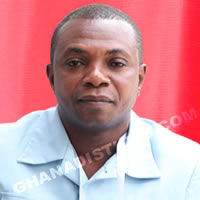


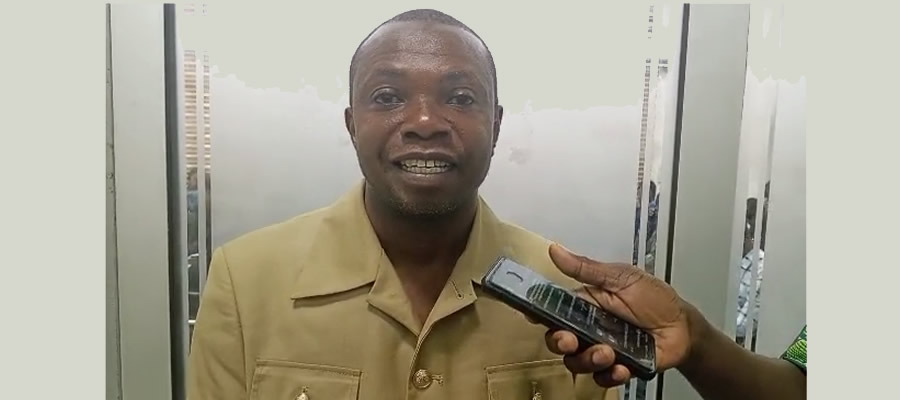

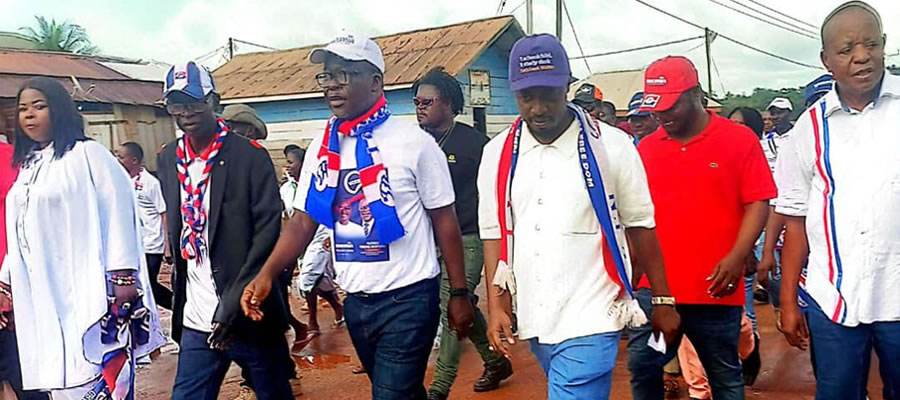
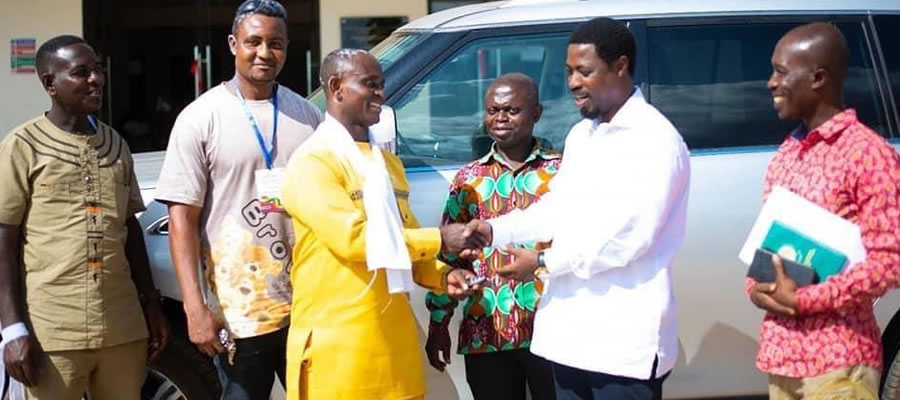


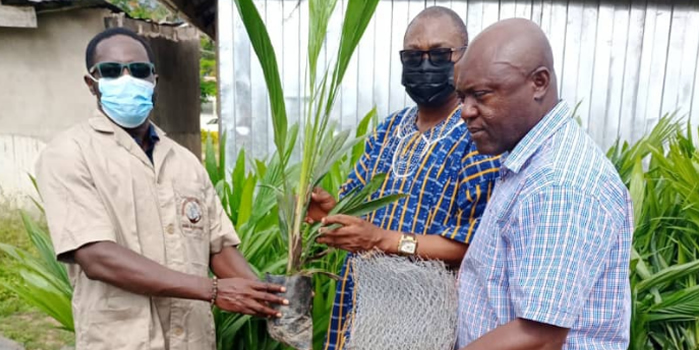



 facebook
facebook
 twitter
twitter
 Youtube
Youtube
 +233 593 831 280
+233 593 831 280 0800 430 430
0800 430 430 GPS: GE-231-4383
GPS: GE-231-4383 info@ghanadistricts.com
info@ghanadistricts.com Box GP1044, Accra, Ghana
Box GP1044, Accra, Ghana